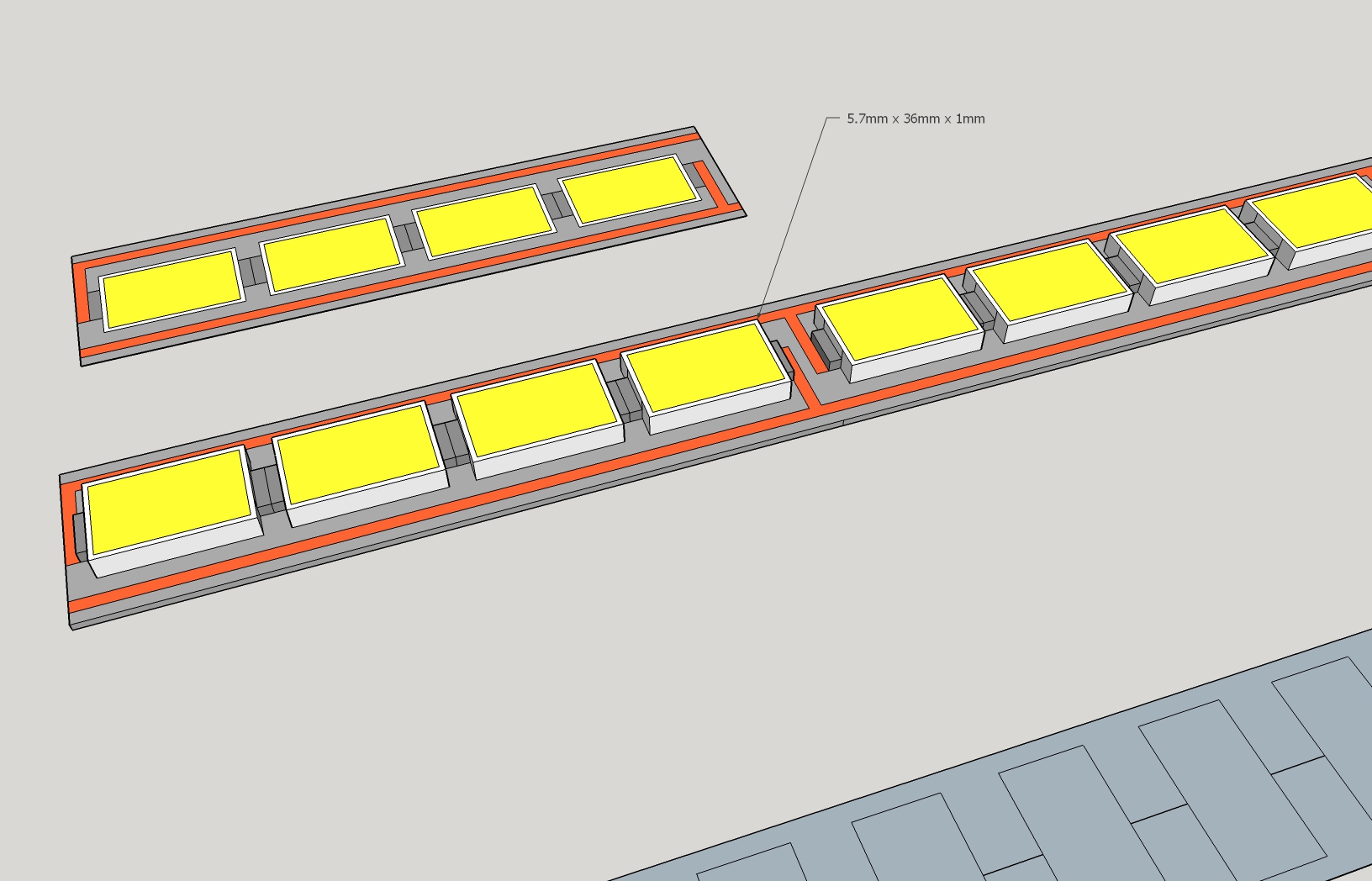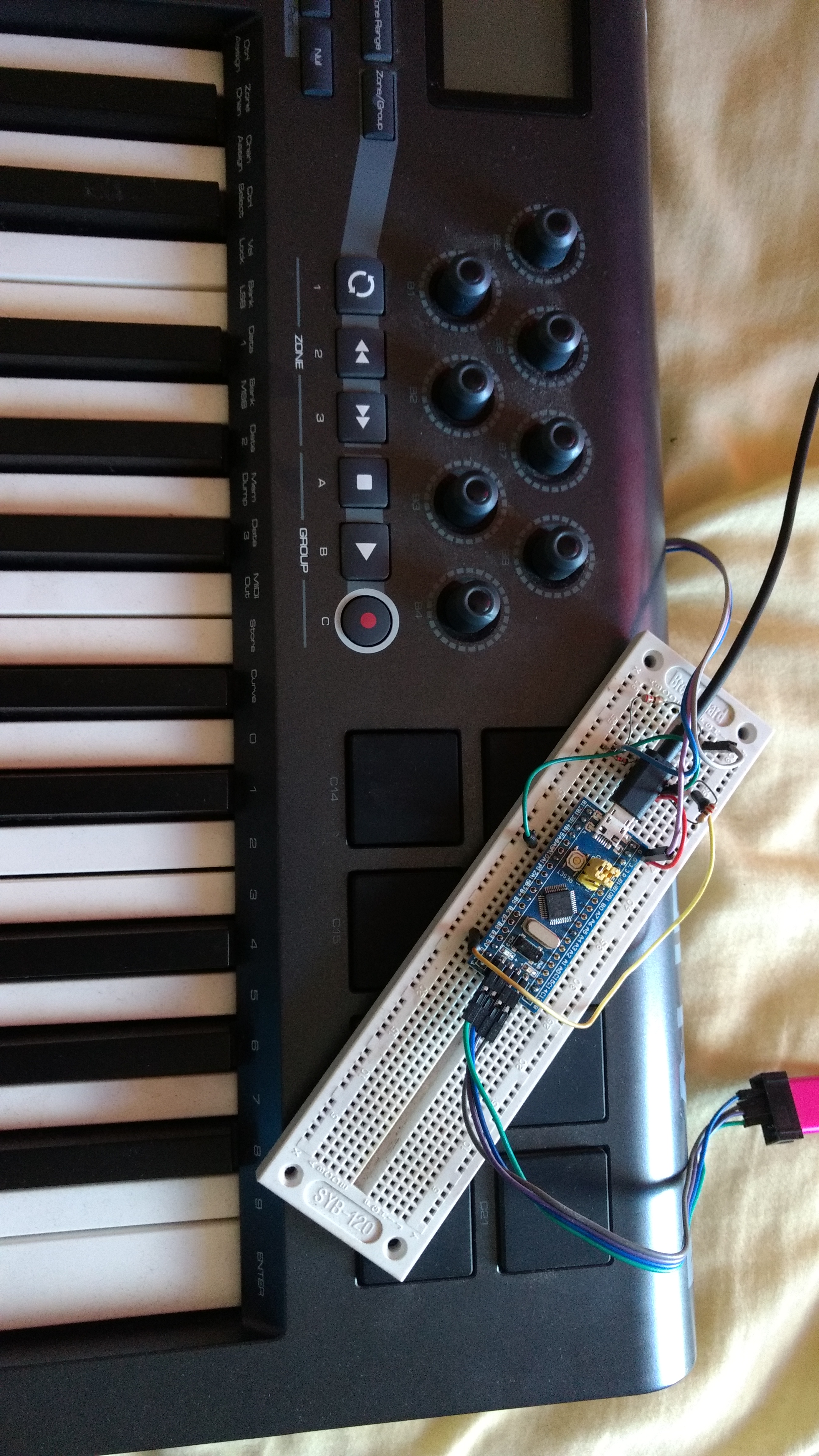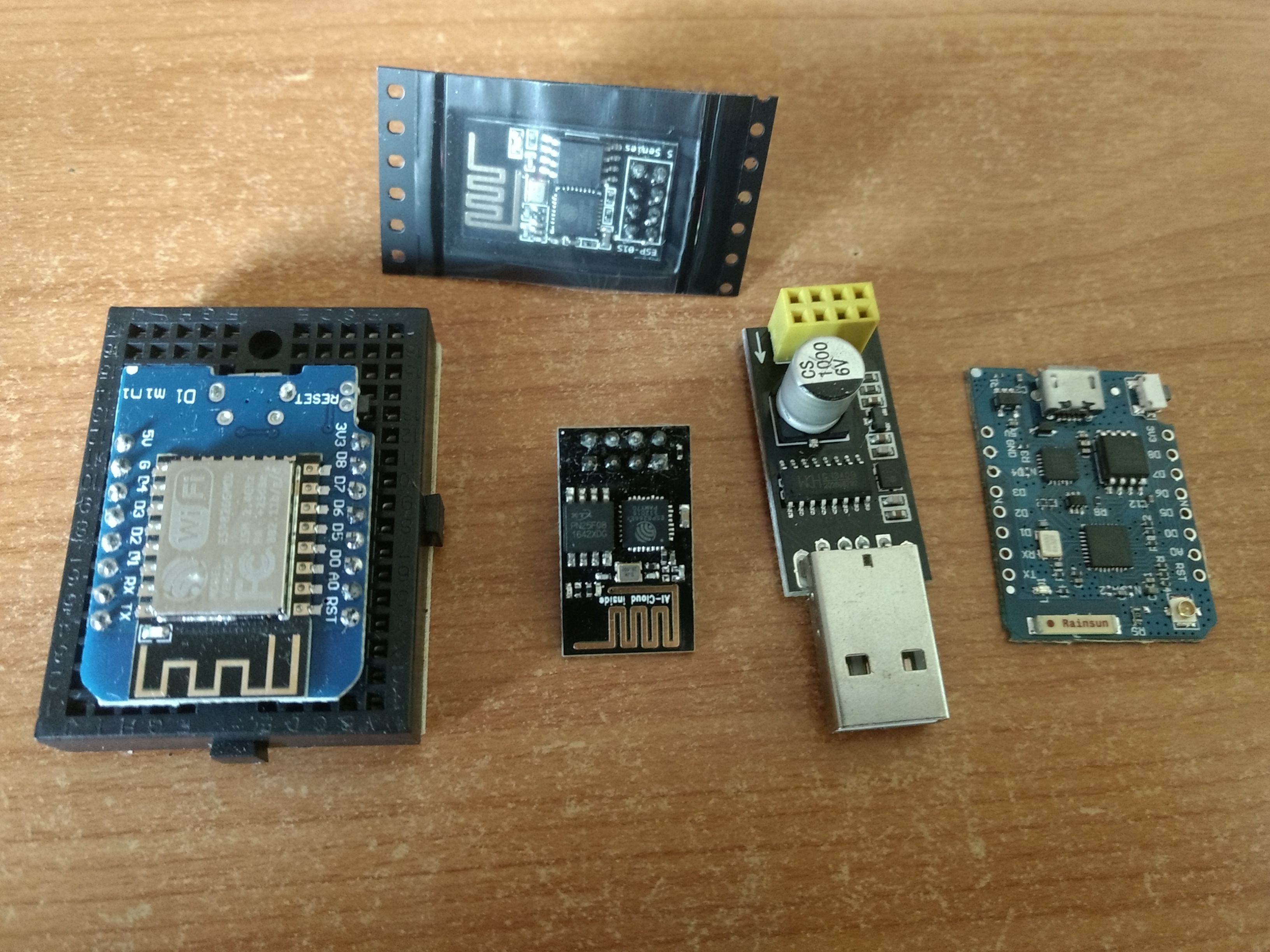I have been very busy, with moving, changing to a new campus, besides also studying. I plan to very soon finish the backlight driver, ill also make some revisions, namely, adding the ability to use ANY microcontroller for this. Specifically ill make it compatible with the ESP8266 series which are capable of reading a signal voltage and outputting PWM. The ESP8266 is a wifi board, but we wont be making use of that (but just for kicks i might add a web interface someday), its stupidly fast, its only $2, and most importantly, not only does it have a built in USB interface, you can even program the damn thing over the air, meaning if you ever, or i ever, find a bug in the code, you simply can just upload a patched version without having to open the monitor, you can set up the thing to act as a hotspot for situations like this.
Just to clarify, the reason this thing seems too good to be true is because it is. the ESP8266 is fundamentally designed to work like an adaptor but wemos and nodemcu have made expanded boards that fully use all the chips GPIOs, which arent actually many. Can do some pretty intense processing, relatively speaking, though usually not while using wifi, also the wifi code usually takes up most of the space on board, usually when running solo, its digitally connected (not analog) to 1-wire or SPI protocol devices that make use of the fact it can only handle 2-3 data connections, for digital sensors and such. Unlike the STM32F1 Bluepill which can, though its strengths lie elsewhere.
Anyway, what we are asking of this board is trivial.
The reason i initially used the STM32 bluepill was i assumed i had to be able to accurately read a 600Hz PWM signal while also outputting a 10-20KHz PWM signal. this is something that is not easily done on an ESP. Also at the time the ESP cost twice as much.
Turns out though all you need is a single PWM peripheral running and use of the ADC to read the voltage. technically the STM32 is still better because itle read up to 5v, while the ESP only 3.3v, but, if you buy some 1% error tolerance resistors or better for the voltage divider, the issue will be moot, especially if i eventually manage to make a self callibration process, for which, it will be vastly better to be using the ESP, since you wont have to open the monitor again to add the program, hell, you can manually callibrate it from a web browser even, to tell it what voltage is minimum brightness and what voltage is maximum, or you can just do all your brightness controlls through a browser too and totally ignore the need for any special interfacing, given the complexity of the OSD, this might actually work out better XD
Purely because using an external programmer can be a burden to beginners, and the ESP is now more supported than STM boards, and cheaper, ill switch this projects suport over to that. Anything though the ESP can run, can also be run on almost any other arduino too.
On a final note, to anyone posting comments, i get like 50 spam messages a week, if you want to share a link, break up your links or remove the http:// part, most websites trip my shitty spam checker. comments shouldnt need manual approval so feel free to double, tripple or etc post your questions until they pass, be sure not to use any rude language either. I dont mind if you have to post a bunch of times to make it come through. As a general rule, i think theres a pretty short list of safe websites so, just dont use any valid URLs in comments. also, dont add your website like it asks, thats a trap, i will change the user interface to display an image saying “do not type anything in this bar, or your comment will automatically be deleted”, the spam bots always fill out random shit for the website url.
Feel free to say hello on my discord, i get mobile notifications from my server.
Post Views:
183



